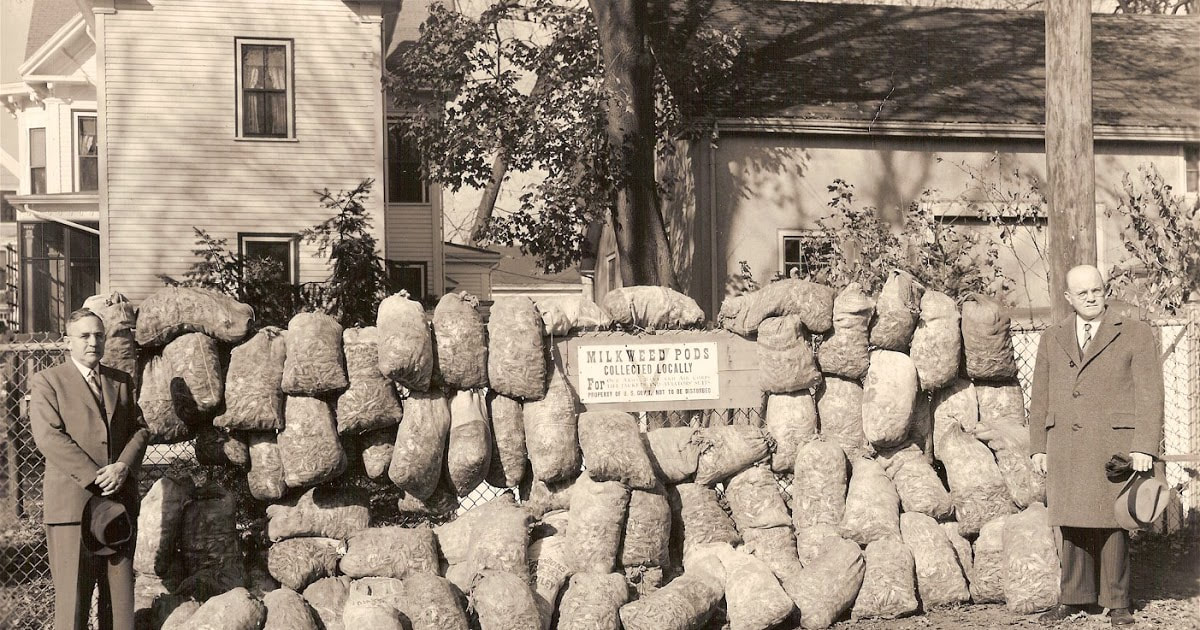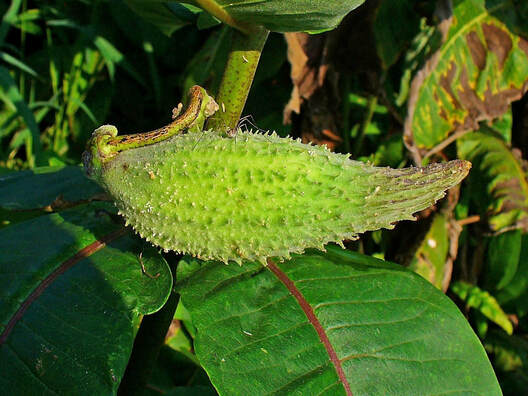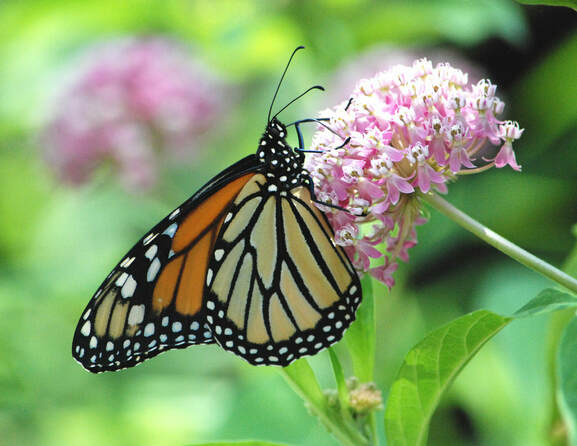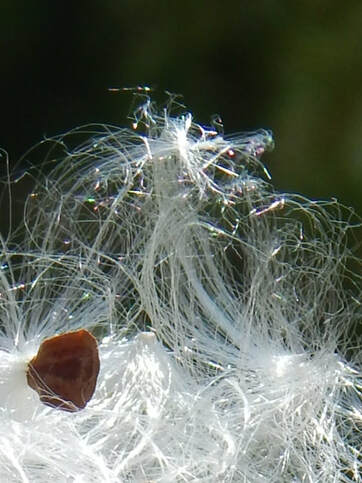Did you know that Milkweed is one of the most useful and versatile plants in the world? Not only is it a vital plant-food for Monarchs, it is extremely useful for us as a source of food, medicine and fiber. Historical Uses
Medicinal Uses
Culinary Uses
Current Uses
ReferencesBoris Berkman. “Milkweed: A War Strategic Material and a Potential Industrial Crop for Sub-Marginal Lands in the United States.” Economic Botany, vol. 3, no. 3, 1949, pp. 223–239. JSTOR, www.jstor.org/stable/4251941.
Harry-O'kuru, R.E., Mojtahedi H., Vaughn S.F, Dowd, P.F.,...Abbott, T.P. "Milkweed seedmeal: a control for Meloidogyne chitwoodi on potatoes." Industrial Crops and Products 9, 1999, pp. 145-150. USDA. 'https://naldc.nal.usda.gov/download/25487/PDF' Kindscher, K. 1992. Medicinal wild plants of the prairie. An ethnobotanical guide. University Press of Kansas. pp. 54-58. Lohmiller, G., Lohmiller, B. "Common Milkweed Uses and Natural Remedies." The Old Farmer's Almanac. 'https://www.almanac.com/content/common-milkweed-uses-and-natural-remedies' Gilmore, M.R. 1977. Uses of plants by the Indians of the Missouri River region. University of Nebraska Press. pp. 55-57. Nehring, J. "The potential of milkweed floss as a natural fiber in the textile industry." Journal of Undergraduate Research. 2014. University of Kansas. 'https://kuscholarworks.ku.edu/bitstream/handle/1808/15034/Nehring_jur14.pdf;sequence=1' Shakyawar, D. B., Dagur, R. S., & Gupta, N. P. (1999). Studies on milkweed fibres. Chicago
11 Comments
7/17/2020 12:52:12 am
Great Post! You are sharing a wonderful post. Thanks and keep sharing.
Reply
7/17/2020 10:45:39 pm
Very informative! I love the info provided by you. This article is very helpful for me. Thank you so much for the great article.
Reply
7/17/2020 11:20:26 pm
I really appreciate this article. Your sharing great article us. I really like this article and very useful also. Thanks for sharing the great article.
Reply
Crystal Fisher
7/18/2020 07:38:53 am
I counted 13. What happened to the rest of the 101 uses?
Reply
Elizabeth Peacock
4/28/2022 05:05:21 pm
I'm responding to the person who inquired about "101". The 101 is not saying there are 101 uses, it's a title like in the college class "English 101". It means it's offering the basics.
Reply
1/19/2023 03:00:03 am
I hope to hear more news from you. Thank you so much!
Reply
4/6/2023 10:47:59 am
I find this post so useful. Thanks for sharing!
Reply
KAREN
7/18/2023 05:31:36 pm
I have heard there is a Milkweed that has white in the leafs... looks like milk on the 🍃.
Reply
Your meticulous research and passionate delivery have shed light on the remarkable versatility of this plant, from its historical significance during World War II to its role as a source of food, medicine, and even fire starter in our contemporary world. Your ability to weave together both the traditional and modern uses of Milkweed showcases its enduring importance in our lives and the environment. Thank you for sharing such invaluable insights and knowledge with your readers.
Reply
Jurvis J. LaSalle
1/13/2024 08:41:07 am
Nylon did replace the milkweed Parachutes of WW 2, but enough of the white chutes took off from England on June 5th for Normandy = D-Day Invasion. Funny how a simple plants fiber was the start of the US 82nd ,101st and 11th Airborne Divisions ability to jump into combat and to train so first using those white parachutes. All of us owe so so much to the men who jumped in, the workers who spun the fibers into thread, the workers who made the chutes and all the kids who helped to pick the pods which was the start the process, and to that amazing Plant itself. AATWATS !!!
Reply
Leave a Reply. |
AuthorRebecca Chandler Archives
March 2024
Categories |






 RSS Feed
RSS Feed